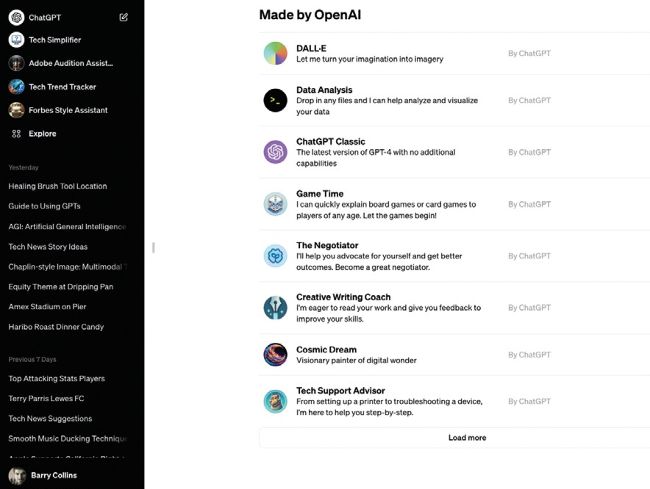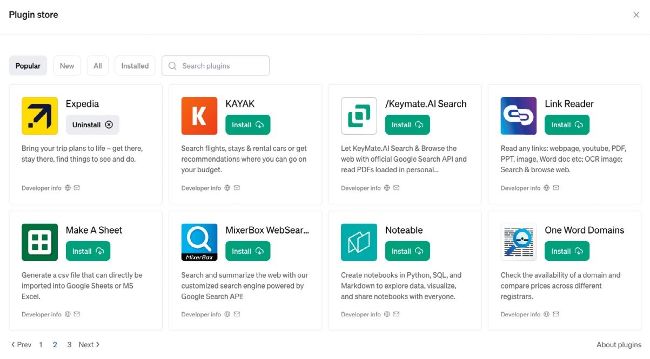CHATGPT MASTERCLASS
Make AI work for you
Want to get more from the best-known AI service on the planet? Barry Collins and Neil Mohr explain how to make AI work for you.

CREDIT: Getty Images/Just_Super
OpenAI’s now infamous chatbot has a series of formidable features, most of them hidden from those who don’t subscribe O to ChatGPT Plus. It’s worth doing, even if only for a month, so you can evaluate the sheer power that lurks here and work out whether it could make a difference to your professional – or even your social – life.
ChatGPT Plus can perform hugely sophisticated data analysis, saving you from having to spend time learning how to do it yourself in applications such as Excel. It can tidy up your computer code, your emails or your PowerPoint presentations. It can hook into third- party services to plan holidays, book restaurants or scour for facts on your behalf.
But unless you know how to get the best out of basic AI prompts you aren’t going anywhere fast. We’ll explore prompt engineering, the fascinating area of getting the best out of AI’s by formatting, one-shotting and chaining prompts to manipulate the AI into generating evermore complex responses.
Then there are GPTs – mini chatbots. Create and train your own AI without having to bash out a single line of code. Made with plain English commands they can be trained on your own data, so are highly personalised to you or your business.

Extend ChatGPT’s abilities with specific data sets via its Plugins store.

Commercialisation of ChatGPT is ongoing through mini GPTs.
There can’t be a reader out there who hasn’t spent at least 10 minutes noodling with ChatGPT – or one of its many derivatives, such as the Bing Copilot.
While there’s plenty of AI power and much to explore with the free version of ChatGPT, the real power is unlocked when you subscribe to ChatGPT Plus. Not only does that (largely) ensure you can get access to the chatbot during the regular periods of peak demand when the free version is switched off, it opens up extra features such as plugins and advanced data analysis. Let’s look into those two features in greater detail.